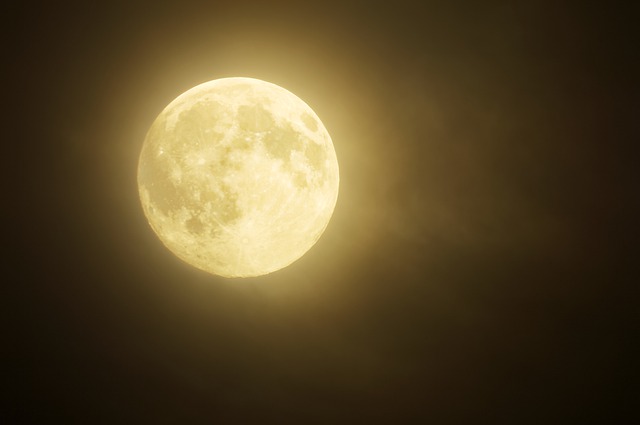 Snow Moon, Storm Moon, Full Hunger Moon, Little Famine Moon, Full Bony Moon, and Hunger Moon are all names for the same thing - February's full moon.
Snow Moon, Storm Moon, Full Hunger Moon, Little Famine Moon, Full Bony Moon, and Hunger Moon are all names for the same thing - February's full moon.
Typically, February in America is the coldest and snowiest time of year, hence the name, “Snow Moon.”
During this month, the moon reaches perigee, the point in its orbit where it is closest to Earth, making it look a little larger than normal.
This year, the snow moon was on February 9, at 2:33 AM on the East Coast, 36 hours before it reached perigee.
Many Names
In Canada, the Ojibwe call it “Bear Moon” and the Cree call it the “Great Moon,” a time when animals are hard to catch. The Tlingit people of the Pacific Northwest call it the “Black Bear Moon” and the Haida people off the coast of Canada call it the “Goose Moon.” The Maori people of New Zealand describe it as “the crops are now harvested,” and in China, it’s called “Zhengyue,” the first month of the year.
A Supermoon?
Some speculate that this Snow Moon was also a supermoon. A supermoon shines even brighter than normal and appears larger.
In 1979, American astrologer Richard Nolle described a supermoon as a new and full moon that is within ten percent of perigee. This did not happen on Sunday morning, leading some to argue that it was not a supermoon. Additionally, some define a supermoon as a full moon that comes closest to Earth in the year, and in April, the full moon will come closer to Earth than the one this past weekend.
Regardless of whether this Snow Moon was a supermoon or not, the larger-than-average moon was certainly a sight to behold.
Sources: Washington Post, Space.com, Britannica, almanac.com, fullmoonphases.com







